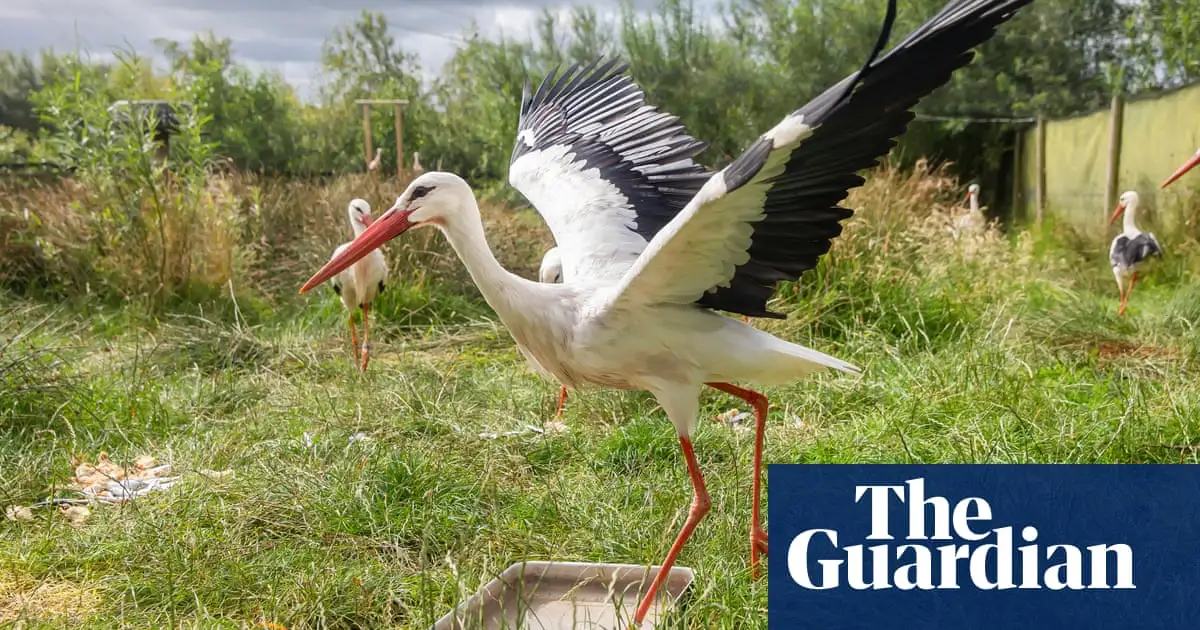White storks could soon be wheeling in the skies above London and building their huge nests among towers, flats and spires as a result of new rewilding plans.
After the success of the charismatic birds’ successful reintroduction into southern England since 2016, a white stork working group has been established to seek out habitat and gauge the political will to reintroduce the birds to Greater London.
Citizen Zoo, a group specialising in community-led urban rewilding that helped establish the Ealing beaver project, will examine places where the birds could be returned and engage with London boroughs and local community groups.



This is the best summary I could come up with:
White storks could soon be wheeling in the skies above London and building their huge nests among towers, flats and spires as a result of new rewilding plans.
“We don’t know if it’s possible yet but how amazing would it be if white storks nested in St James’s Park, beside Buckingham Palace, as a symbol of ecological recovery in the capital?”
There have been 40 sightings of white storks visiting parts of the capital in recent years, and although the birds seek out insect-rich farmland and wetlands some nest on the fringes of large European cities including Munich and Lisbon.
The increase in sightings in recent years is due to the success of the White Stork Project centred on the Knepp estate in West Sussex, 45 miles south of central London.
The White Stork Project aims to establish a wider breeding population across Britain, and both it and Citizen Zoo see the birds, which are celebrated in many European cultures as symbols of good luck and fertility, as a way to reconnect urban people with wild species.
Citizen Zoo has successfully led the reintroduction of the large marsh grasshopper into wetlands across East Anglia by encouraging hundreds of ordinary people to rear the insects in their houses for release into the wild.
The original article contains 559 words, the summary contains 212 words. Saved 62%. I’m a bot and I’m open source!